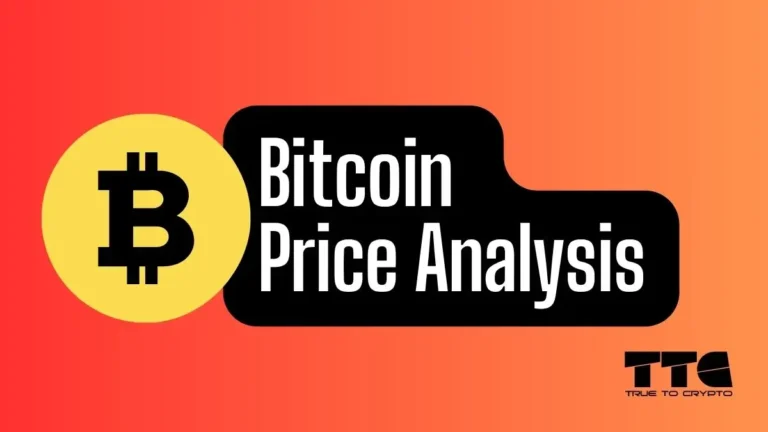U.S. spot Bitcoin exchange-traded funds (ETFs) have recorded a 12-day net inflow streak totaling nearly $4 billion, reflecting robust institutional demand for the leading cryptocurrency. This surge coincides with Bitcoin’s price climbing to $108,000, driven in part by a weakening U.S. dollar, which has seen the Dollar Index (DXY) fall below 100 for the first time in over three years. The combination of consistent ETF inflows and macroeconomic shifts has bolstered investor confidence, positioning Bitcoin as a hedge against currency depreciation.
Unprecedented Inflow Streak Signals Strong Demand
Data from Farside Investors indicates that the 12-day inflow streak began on June 9, with daily inflows peaking at $412.2 million on June 16. BlackRock’s iShares Bitcoin Trust (IBIT) has led the charge, amassing $2.9 billion of the total inflows, with a single-day high of $278.9 million on June 18. Other notable performers include Fidelity’s FBTC, which recorded $83 million in inflows on June 16, and Bitwise’s BITB with $41.4 million on the same day. The cumulative net inflows for U.S. spot Bitcoin ETFs since their launch in January 2024 now stand at $47.8 billion, with total assets under management reaching $127.4 billion, equivalent to 6.12% of Bitcoin’s market capitalization.
The sustained inflow streak follows a volatile period earlier in 2025, where Bitcoin ETFs experienced significant outflows, including a record $430.8 million withdrawal from IBIT on May 30, ending a 31-day inflow run. However, the current streak reflects renewed optimism, with analysts attributing the inflows to institutional investors viewing Bitcoin as a strategic asset amid global economic uncertainties.
Dollar Slump and Geopolitical Factors Drive Bitcoin’s Appeal
The U.S. dollar’s decline, with the DXY dropping to 99.8 on June 25, has been a key catalyst for Bitcoin’s recent gains. Nic Puckrin, founder of Coin Bureau, noted, “The DXY has broken below 100, its lowest in over three years. Bitcoin typically moves inversely to the dollar, and this trend is playing out.” This inverse correlation has been evident as Bitcoin’s price rose 1.45% to $108,000 on June 26, despite a 5.7% dip from its all-time high of $112,000 on May 22.
Geopolitical tensions, including recent Israeli airstrikes on Iran, have introduced short-term volatility, with Bitcoin dropping 3% in response. However, analysts like Puckrin caution that broader macroeconomic trends, rather than isolated events, are driving Bitcoin’s trajectory. The potential closure of the Strait of Hormuz, through which 20% of global oil passes, could further impact risk-on assets, but institutional demand for Bitcoin ETFs suggests confidence in its long-term value.
BlackRock’s Dominance and Market Dynamics
BlackRock’s IBIT continues to dominate the Bitcoin ETF market, with $71.06 billion in net assets as of June 18. Bloomberg ETF analyst Eric Balchunas remarked, “IBIT’s $5 billion in trading volume on June 17 was unprecedented, outpacing all but three ETFs and eight stocks.” The fund’s consistent inflows, including 30 out of 31 days in May, have propelled it into the top five ETFs by year-to-date flows, a remarkable feat for a fund launched just over a year ago.
Other funds, such as ARK 21Shares’ ARKB and Fidelity’s FBTC, have seen mixed performance, with ARKB recording $3.6 million in inflows on June 16 after earlier outflows of $73.9 million on May 23. Grayscale’s GBTC, however, continues to face challenges, with $16.36 million in outflows on June 18, bringing its cumulative net outflows to $23.24 billion, largely due to its higher fee structure.
Broader Market Context and Regulatory Shifts
The Bitcoin ETF inflow streak aligns with a bullish market sentiment, supported by regulatory developments in the U.S. and beyond. The U.S. Securities and Exchange Commission (SEC) has maintained a supportive stance on Bitcoin ETFs since their approval in January 2024, with cumulative inflows reaching $12.1 billion in the first quarter alone. Analyst Rachael Lucas of BTC Markets noted, “Institutional portfolio rebalancing and demand for lower-fee ETFs are driving this trend.”
Globally, Hong Kong’s Securities and Futures Commission (SFC) approved three Bitcoin ETFs in April 2024, though their impact remains limited due to mainland China’s crypto trading ban. Meanwhile, Singapore’s crackdown on unlicensed crypto exchanges, effective June 30, 2025, may redirect market activity to regulated hubs like the U.S. and Hong Kong, further boosting ETF demand.
Challenges and Future Outlook
Despite the positive inflows, challenges persist. Bitcoin’s price volatility, with fluctuations between $78,500 and $112,000 earlier in 2025, underscores the risks for investors. Analyst Crypto Dan of CryptoQuant observed, “Overheating indicators remain low, suggesting Bitcoin has room to grow, but short-term corrections are possible.” The potential for profit-taking, as seen in May’s $346.8 million outflow day, could disrupt the current streak if market sentiment shifts.
Looking ahead, analysts remain cautiously optimistic. Bitwise’s Matt Hougan projects up to $3 billion in inflows for Q2 2025, driven by institutional adoption and favorable regulatory policies. However, the basis trade—a strategy involving buying spot Bitcoin ETFs while shorting futures—has waned, indicating that recent inflows reflect genuine long-term demand rather than arbitrage.
What does this surge in Bitcoin ETF inflows mean for the future of cryptocurrency as an asset class? Can institutional demand sustain Bitcoin’s growth amid economic uncertainties, or will volatility temper investor enthusiasm? As the U.S. dollar continues to weaken and global markets navigate geopolitical risks, the answers will shape Bitcoin’s role in the financial landscape.
Disclaimer: The information provided on or accessed through TrueToCrypto.com (the “Website”) is for general informational purposes only and is obtained from independent sources that are believed to be reliable. However, TrueToCrypto.com, its owners, affiliates, officers, employees, and agents (collectively, “We,” “Us,” or “Our”) make no representations or warranties, express or implied, as to the accuracy, completeness, timeliness, reliability, or suitability of the information contained on or accessed through this Website. Further read Disclaimer.








